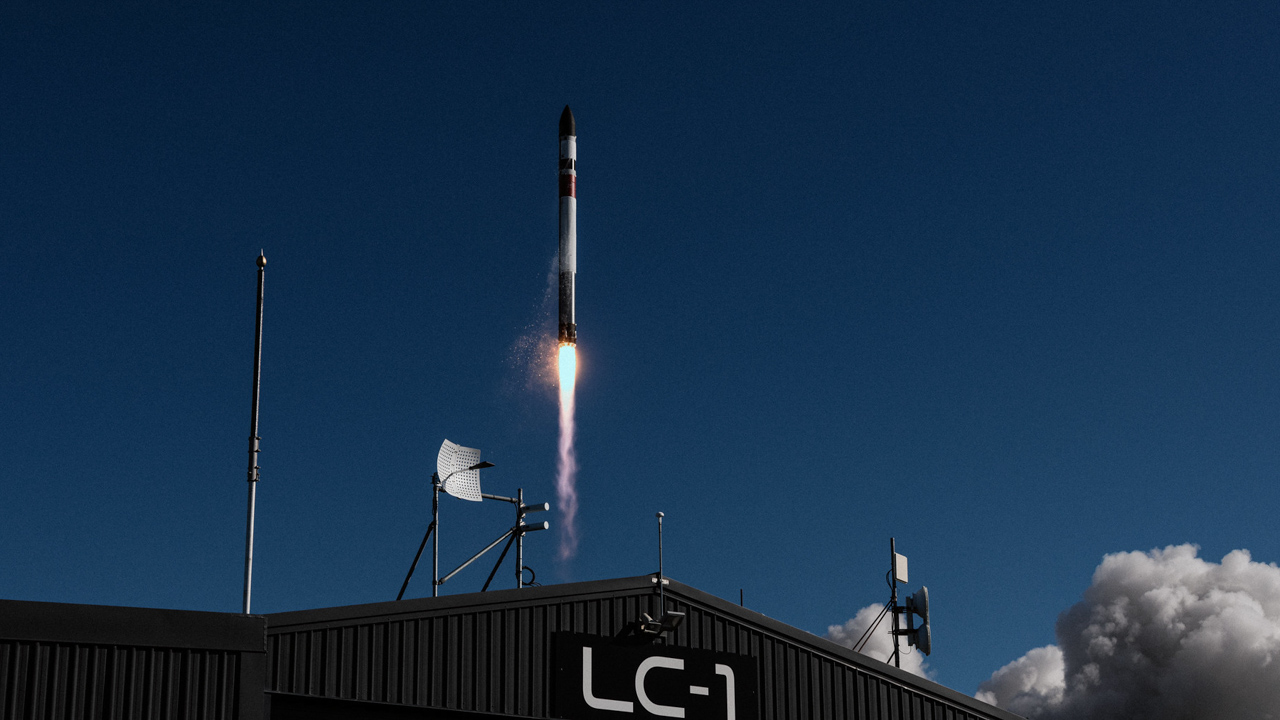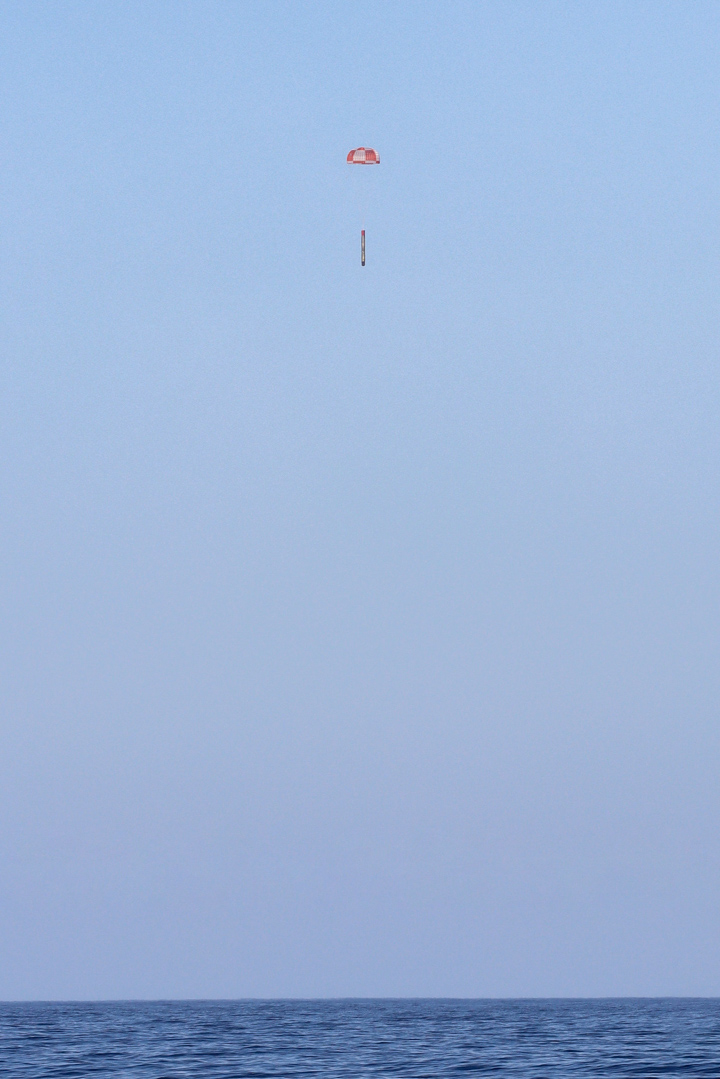Hamartia Antidote
ELITE MEMBER

- Joined
- Nov 17, 2013
- Messages
- 35,188
- Reaction score
- 30
- Country
- Location

Rocket Lab launches 7 satellites, recovers first stage booster
The 'Baby Come Back' mission successfully lifted off from Launch Complex 1B on the Mahia Peninsula in New Zealand at 01:27 UTC, sending seven payloads into a Sun-Synchronous Orbit.
The ‘Baby Come Back’ mission successfully lifted off from Launch Complex 1B on the Mahia Peninsula in New Zealand at 01:27 UTC, sending seven payloads into a Sun-Synchronous Orbit.
Following the launch, the rocket headed on a Southerly trajectory, and, approximately two and a half minutes into flight, the first and second stages separated, as the second stage continued on to orbit, the first used its reaction control thrusters to orient itself to survive the intense heating that occurs during atmospheric reentry where the first stage reaches speeds up to 8 times the speed of sound.
After speeding through the atmosphere, the first stage deployed a drogue chute to begin the deceleration of the first stage before deploying the main parachute. Splashdown occurred around 17 minutes after launch, according to the company’s webcast.
This first stage featured a number of improvements over past recovered first stages, including better sealing to keep seawater out of critical areas around the interstage and engine areas. The parachute system was also upgraded and is lighter than previous missions, which helps with buoyancy in the ocean.
This was also the first time Rocket Lab hoisted the rocket out of the water with two lift point crane system, which created less stress on the body of the rocket.
The rocket will now be brought back to New Zealand for their teams to look over the data and make adjustments for future launches. It is unlikely this rocket will fly again, but there is a high chance 1 or more of the engines could make another flight as the company marches forward to reusability of the entire first stage.
While the first stage recovery was ongoing, the Curie kick stage was performing maneuvers to insert itself into the proper orbit for the 7 payloads.
Four NASA satellites were deployed between 49 and 51 minutes into the mission. The Starling mission will test in-space communications, navigation, and maneuvers between the spacecraft.
Two satellites for Spire Global were then deployed shortly after at 51 minutes after launch. These satellites carry the Global Navigation Satellite System Radio Occultation (GNSS-RO) payloads, which will be used to replenish their current constellation.
Finally, coming in at an hour and 45 minutes and 2 more burns of the 3d printed Curie engine, the Telesat LEO 3 demonstration satellite was deployed and will be used to replace the decommissioned LEO 1 satellite and continue its test campaign.
With the 7 satellites deployed and the first stage recovered, Rocket Lab completed its 7th mission of the year, 39th overall.

Rocket Lab can now say, Baby Came Back. (Credit Rocket Lab)
